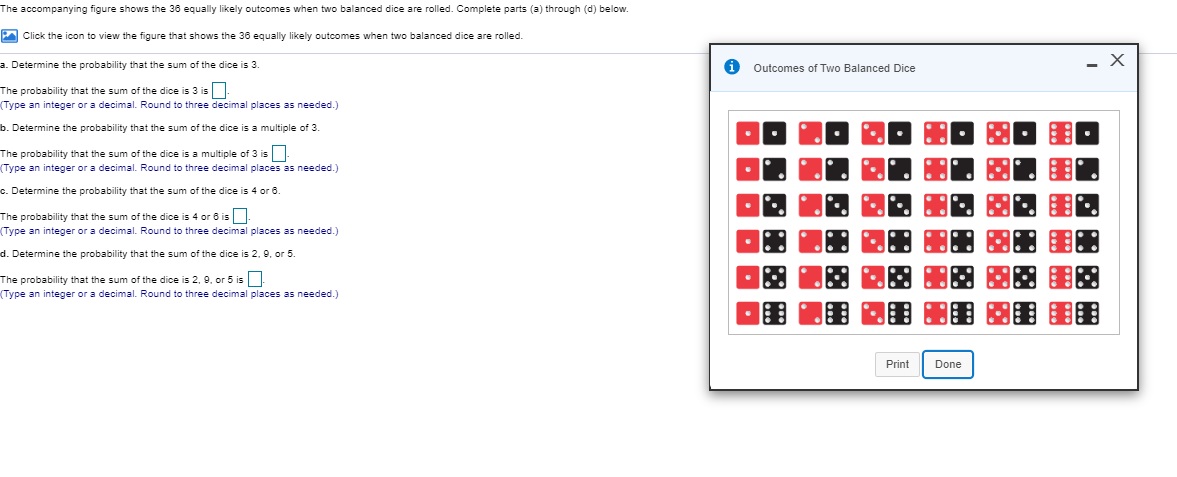Answered step by step
Verified Expert Solution
Question
1 Approved Answer
Hello, I'm going to attach all of the questions as pictures, please also shows easy to understand steps. Still, if specific problems need a little
Hello, I'm going to attach all of the questions as pictures, please also shows easy to understand steps. Still, if specific problems need a little explanation, then a small description would be much appreciated, I hope that's not too much to ask for but thanks in advance!


Step by Step Solution
There are 3 Steps involved in it
Step: 1

Get Instant Access to Expert-Tailored Solutions
See step-by-step solutions with expert insights and AI powered tools for academic success
Step: 2

Step: 3

Ace Your Homework with AI
Get the answers you need in no time with our AI-driven, step-by-step assistance
Get Started


